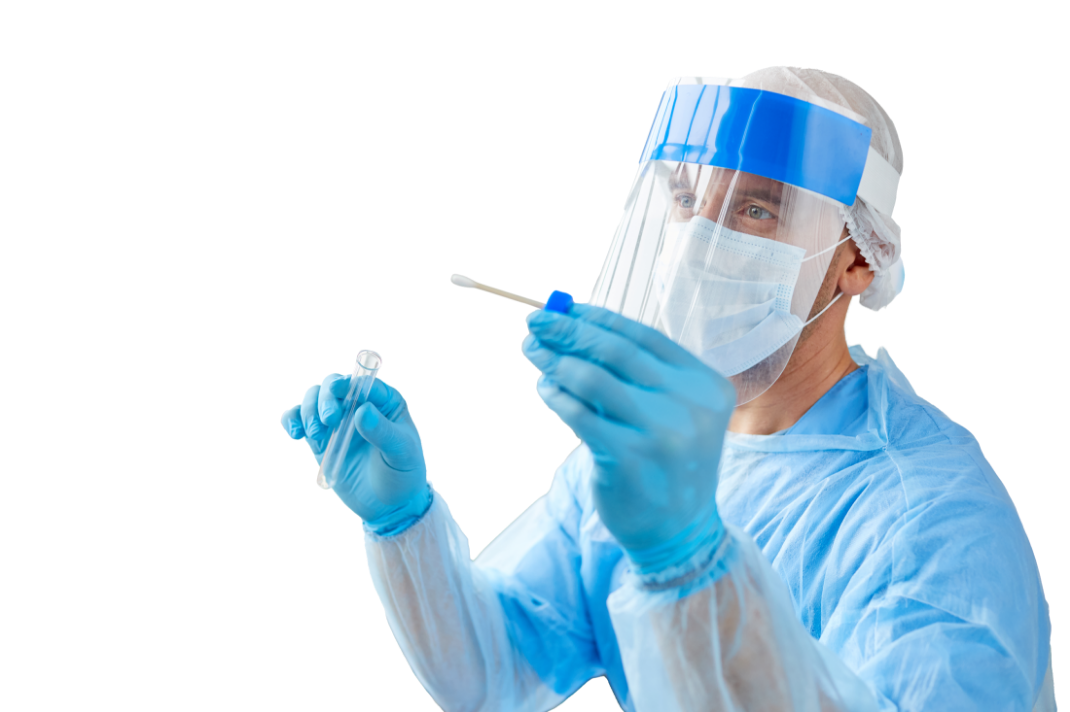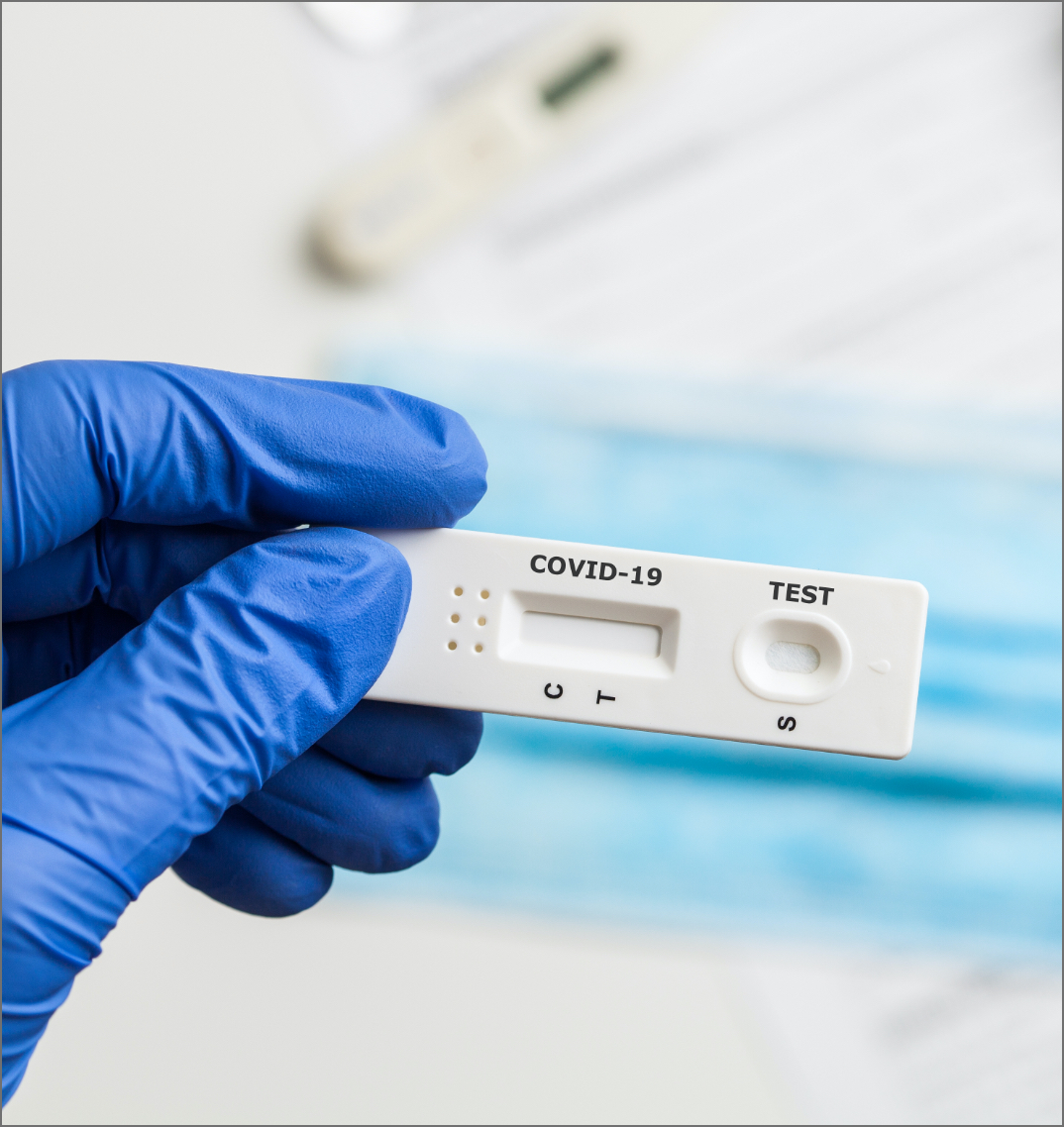If you are looking for bulk orders of rapid antigen tests please click here
The rapid antigen test (RAT) is a testing instrument much like what we currently use for pregnancy and flu diagnosis. The RAT is able to diagnose COVID 19 in a patient who is asymptomatic or has symptoms of the disease. If the person tests positive, they can be advised on isolation protocols, follow-up medical review, further testing also the notification of public health officials so that contact tracing can begin immediately.
The test is accurate, can be used onsite , is cost effective compared to the nasal swab PCR test and allows early detection of the virus. It is fast (takes 15 minutes for the results rather than many hours to days with the nasal PCR swab) and is a powerful tool in detecting COVID-19 .
PCR has a relatively high false positive rate due to the detection of fragment viral RNA not associated with active or transmissible infection. By comparison rapid antigen tests have an extremely low false positive rate – in the order of 0.3% or less.
When it comes to the false negative results, both PCR and rapid antigen tests are not perfect; in some studies, as high as 40% false negatives. The false negative results usually related to variations in sample collection, sample timing (in relation to the infection cycle) or lab error. For well collected samples in the first 7 to 10 days post infection, rapid antigen tests are now showing false negative rates very similar to that obtained by PCR. Indeed, once the rapid antigen saliva tests are approved for use in Australia, the sample collection errors will reduce substantially, and rapid antigen tests will have false negative performance extremely close to nasopharyngeal PCR tests.
Some manufacturers of rapid antigen tests have optimised the positive cut-off values (the limit at which the test positive line is visible on the test cassette) to correlate with the PCR cycle count (Ct score) of 30. There is mounting evidence to suggest that at a Ct score of 30 or above, the viral load is below that likely to be infectious. The point being that just because you can detect viral RNA, it does not necessarily follow that an individual is infectious. This is especially so from about day 12 post infection; where a PCR test will generally show a weak positive (Ct score 30 or more) but the rapid antigen test will be negative.


